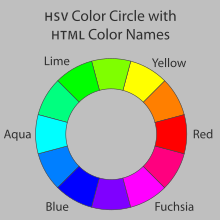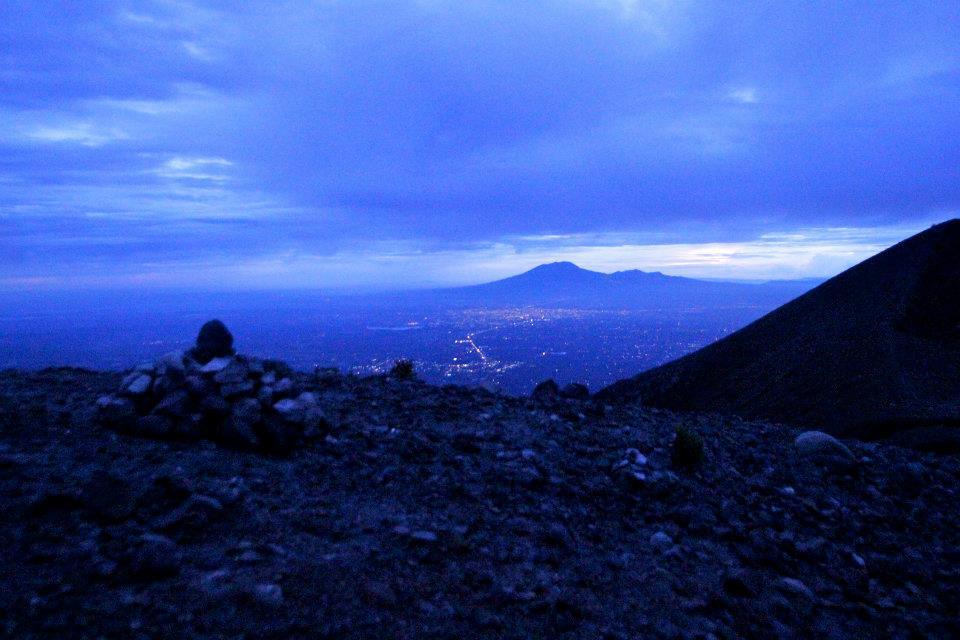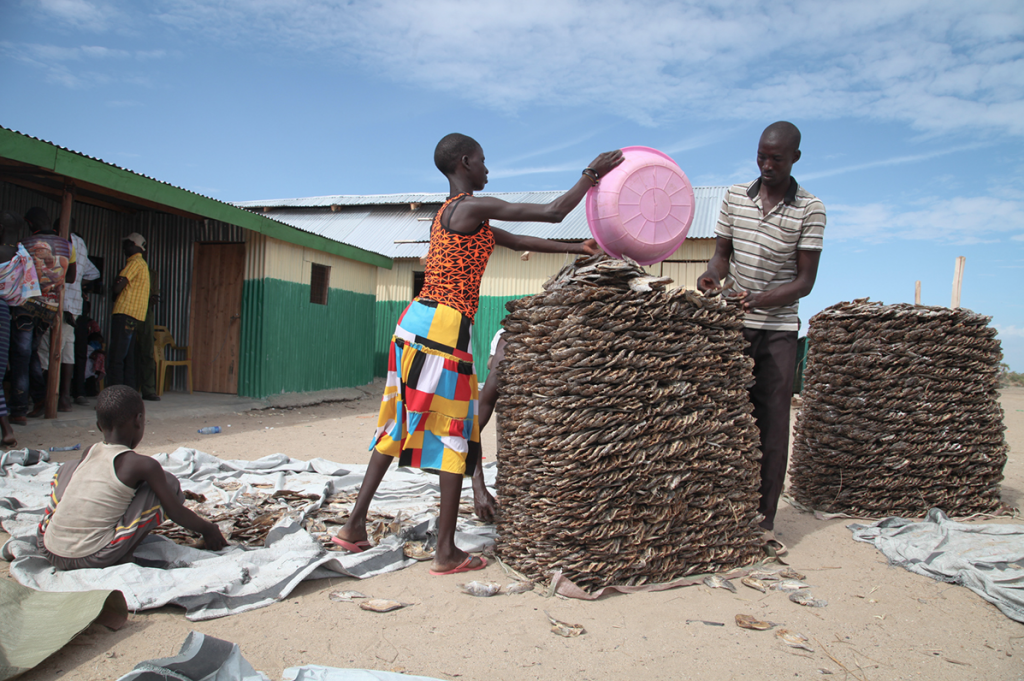Upcoming due dates
Final draft of photo projects is due Monday, October 2.
Pitches for your radio piece will be due Wednesday, October 4.
Scripts for the radio piece will be due Wednesday, October 18.
Final produced radio story will be due Monday, October 30.
Guidelines for radio pitches:
Assignment #2 will be a 5-minute news radio feature (a “wrap”). A wrap is a scripted radio piece that weaves together natural sounds, interview clips (known as “actualities”), and reporter narration to tell a story. The trick is to choose your actualities carefully to get the most memorable, interesting, powerful, or colorful sound bites possible, leaving the bare facts and background info for your narration. In your narration, you’ll write in and out of the actualities and provide any context that is necessary to help the story make sense. The natural sounds evoke a sense of scene and place. It’s also the reporter’s responsibility to script an introduction for the host to read.
Examples of wraps:
Solar in West Virginia
Fusion restaurant in Brooklyn
Kenya’s fight against Islamic extremism
When brainstorming pitch ideas, ask yourself these questions:
Does this story have news value? Meaning, is it pegged to some big current news story? Does it involve a prominent person or event? Is there a strong human interest component that sheds light on a larger issue? Does it have some kind of novelty factor? Will it have an impact on a community? Is there conflict? Does it pass the “so what?” test?
Is there potential for scene-setting natural sounds? (If the whole thing takes place in an office, the sound will not be very compelling.)
Can I confirm that I will have access in order to do the story?
The Script
Radio scripts follow a format that looks like this:
INTRO:
AMBI:
TRACK:
ACT:
TRACK:
ACT:
AMBI:
etc.
Here’s the actual script from one of my stories:
INTRO: Last month, police raided a punk rock show in the conservative Islamic province of Aceh, Indonesia. Sixty-five concertgoers were arrested. Authorities shaved off their mohawks and threw them into a pond for a symbolic cleansing. They held them for ten days for what police called “moral rehabilitation.”
Aceh has been governed by sharia law since 2005. The crackdown was widely denounced as a human rights violation and cited as an example of a repressive Islamic government. But for the people of Aceh, what happened was not quite so simple. Emily Johnson has the story.
AMBI1: UKULELE PLAYING, UP FOR WORDS “EQUALITY, EQUALITY, YOU AND ME” at 2:00 THEN KEEP LOW UNDER TRACK
TRACK1: A dozen young people are having a jam session beneath the lights of a basketball court. Here in the capital city of Banda Aceh,unmarried men and women aren’t supposed to congregate after nine pm. but that hasn’t stopped a few girls from joining in. Like the boys, they favor Chuck Taylors, patched jeans and band T-shirts. A guy named Taufik says they may call themselves punks, but they’re not doing anything wrong.
AMBI1: FADE DOWN
AMBI2: BASKETBALL COURT BACKGROUND NOISE, PLAY THROUGH SCENE
ACT1: YUDI (VOICEOVER1)
“Masih banyak kesalahan…”
We’re sure we’re not breaking sharia by being punk. It’s just how we dress. We’re not whores, we’re not gay, and we’re not corruptors.
“…kami gak banci, kami gak pelacur, kami gak korupsi.”
TRACK2: Like Taufik, Yudi’s hair is starting to grow back. Both young men were among the dozens who were dunked and shaved in last month’s mass arrest.
ACT2: YUDI (VOICEOVER2)
“Polisi…”
The police punched us and stomped on us. We were treated like animals. It hurt a lot because we didn’t know what we did wrong.
“…siawi.”
TRACK3: The police deny using violence. Yudi, Taufik and the others were never actually charged with a crime. Still, many in Banda Aceh view them with suspicion. Many of the punks live on the streets. Some panhandle. Yudi concedes that some are involved in drugs, but says it’s unfair to paint them all the same.
AMBI3: OFFICE ROOM TONE, PLAY UNDER SCENE
TRACK4: At City Hall, Banda Aceh’s deputy Mayor Illiza Sa’aduddin Djamal wears pink lipstick and a bejeweled headscarf. She says the punks are more than a nuisance. They’re a threat to Aceh’s Islamic values. She describes the arrests as a form of tough love.
ACT3: ILLIZA (VOICEOVER3)
“Dalam peraturan undang-undang kami, setiap anak…”
The law says every homeless child should be taken care of by the country. We can define the punks as homeless because they sleep everywhere and rarely take a bath. As a mother I will feel very bad if I see my child live like that.
“…kalau anak saya seperti itu, saya tidak rela-lah.”
TRACK5: This wasn’t the city’s first crackdown on punks, but it was the largest. In the past, only locals were arrested, which didn’t ruffle many feathers. But most of the people detained this time had come from more secular parts of Indonesia to see the concert. Illiza insists visitors have to abide by Aceh’s rules and norms.
ACT4: ILLIZA (VOICEOVER4)
Perhaps our freedom is different from other places. But we are in Banda Aceh.
“Mungkin kebebasan yang kami memiliki adalah berbeda.”
TRACK6: Meanwhile, the local detainees are expected to continue their rehabilitation now that they’ve been released. They will be taught professional skills in an effort to get them off the streets, and Illiza says they are all grateful and happy for the opportunity.
AMBI4: CHATTER, CLINKING OF COFFEE CUPS, KEEP LOW UNDER SCENE
TRACK7: At the Solong Cafe, Reza Idria shakes his head at the idea that Aceh’s punks are embracing their re-education.
ACT5: REZA (English)
Every day the news is always supporting the government because they say all of punks are happy now. I met them as well and I asked them after this thing, what are you going to do? And they say “I’m always punk.”
TRACK8: Reza used to play guitar in a band. Now he teaches Islamic law at the state university. He rejects the idea that the punks are somehow anti-Islam. He says the Quran defines sharia as a personal relationship with God, not a legal system. He believes that government figures have interpreted it in a way that allows them to justify just about anything.
ACT6: REZA
Maybe their dress looks weird, but how can you accuse them of violating sharia law? The way they treat punks, they never used any law, just put them in pool, shaved them. We don’t have a law like that, but they did it. This is the government. They create the law but didn’t obey the law.
TRACK9: The truth, Reza says, is that many Acehnese simply think the punks are unpleasant and annoying. And with regional elections coming up next month, the crackdown may have simply been an effort to score points on a winning issue.
For The World, I’m Emily Johnson.
What does it mean to write for the ear?
Descriptive
Brief
Conversational
Writing into and out of acts
Finally, let’s look at some of your posts about exhibits at Photoville and other photo projects.


























